By William E. Welsh
In 1862, Confederate forces in Virginia were enjoying a number of campaign successes, but the decisive advantage in naval power enjoyed by the Union enabled it to advance down the Mississippi, capture river forts, and conduct many coastal attacks. Although the defense of the Confederate west began to crumble, Confederate victories in Virginia gave the South hope.
January 19-20 – Brig. Gen. Felix Zollicoffer’s Confederate army advanced into eastern Kentucky where it was soundly defeated by Brig. Gen. George Thomas’ Union army in the Battle of Mill Springs. It was the first significant Union victory of the war and helped secure the anti-slavery Appalachians for the Union.
February 6 –After an artillery duel between the fort and Union gunboats, Confederate Brig. Gen. Lloyd Tilghman surrendered Fort Henry on the Tennessee River to Admiral Andrew Foote. This enabled the Union to use the Tennessee River to ferry troops as far as the Alabama border.
February 15 – Superior Union forces under Brig. Gen. Ulysses S. Grant forced the surrender of Fort Donelson by Brig. Gen. Simon Buckner. Buckner asked what terms he could expect, and Grant replied “nothing but unconditional surrender.”
March 6-8 – An army led by Union Maj. Gen. Samuel Curtis defeated a larger Confederate force under Major Earl van Dorn in the Battle of Pea Ridge.
[text_ad]
March 9 – A four-hour clash between the ironclads CSS Virginia (formerly USS Merrimack) and USS Monitor ended in a draw in the Battle of Hampton Roads. The Confederates scuttled the Virginia two months later when they withdrew from Portsmouth, Va.
March 23 – Maj. Gen. Thomas J. “Stonewall” Jackson attacked Colonel Nathan Kimball’s force at Winchester, Va. Although Kimball soundly repulsed Jackson poorly conceived attack, the First Battle of Kernstown was a strategic victory for the South because it drew forces away from Maj. Gen. George McClellan’s Army of the Potomac.
April 6-7 – Confederate General Albert S. Johnston lost his life in an initially successful attack against Maj. Gen. Ulysses S. Grant’s army camped at Pittsburgh Landing on the Tennessee River in the Battle of Shiloh. With substantial reinforcements, Grant recovered the ground lost the previous day.
April 11 – The Confederates surrendered Fort Pulaski controlling Savannah, Ga., after a lengthy siege culminating in a 30-hour bombardment.
April 27 – Commodore David Farragut’s squadron fought its way past forts Jackson and St. Philip below New Orleans and landed 10,000 Union troops that forced the surrender of the Mississippi River port on April 27.
May 5 – Confederate Maj. Gen. James Longstreet’s division fought a successful rearguard action at the Battle of Williamsburg against the forces of Maj. Gen. George McClellan buying time for the main Confederate force to withdraw to the Richmond area.
May 31 – June 1 – Gen. Joseph Johnston’s Confederate army pounced on two corps of Maj. Gen. George McClellan Union army south of the Chickahominy River near Richmond at the Battle of Seven Pines, but failed to defeat them. Johnston was seriously wounded in the fighting, and on June 1 Gen. Robert E. Lee was appointed to replace him.
May 1 – June 9 – Threatened by Union forces pushing up the Shenandoah Valley and also advancing toward Staunton from the west, Jackson marched west and defeated the vanguard of Maj. Gen. John Fremont’s Union Army at the Battle of McDowell on May 8. Then, Jackson defeated a Federal garrison in the Battle of Front Royal on May 23. Afterwards, Jackson defeated Maj. Gen. Nathaniel Banks’ Union army at the First Battle of Winchester on May 25, forcing Banks to retreat north across the Potomac River. Jackson detached Ewell’s division, which defeated Fremont’s army in the Battle of Cross Keys on June 8. The next day, Jackson defeated Brig. Gen. Erastus Tyler’s Union force in the Battle of Port Republic. Jackson’s approximately 17,000-man army had—through an audacious campaign of maneuver known as the Valley Campaign—defeated in five battles Union forces three times its number, preventing the transfer of reinforcements to the Union army on the Virginia Peninsula.
June 25 – July 1 – Lee took the offensive in the Seven Days Battles against McClellan’s army, which was divided by the Chickahominy River. North of the Chickahominy, Lee struck Maj. Gen. Fitz-John Porter at the Battle of Mechanicsville on June 26 but was repulsed. Lee again attacked Porter in the Battle of Gaines Mill on June 27, forcing Porter to retreat across the Chickahominy. McClellan, who could have broken through a thin screen of Confederate forces south of the Chickahominy while Lee was attacking Porter north of that river, lost the perfect opportunity to seize Richmond. McClellan then switched his supply base from the Pamunkey River to the James River and began a withdrawal of his forces south to the new base for extraction. Lee’s failure to launch a coordinate attack resulted in a tactical draw in the Battle of Savage Station on June 29. At the Battle of Glendale fought June 30, McClellan’s corps commanders repulsed the Confederates. Porter also decisively defeated the Confederates in the last major encounter in the Battle of Malvern Hill on July 1. Aware that McClellan had lost his nerve, Federal corps commanders, such as Porter, saved the Union army from annihilation. Overall, the Seven Days Battle was a strategic victory for the South.
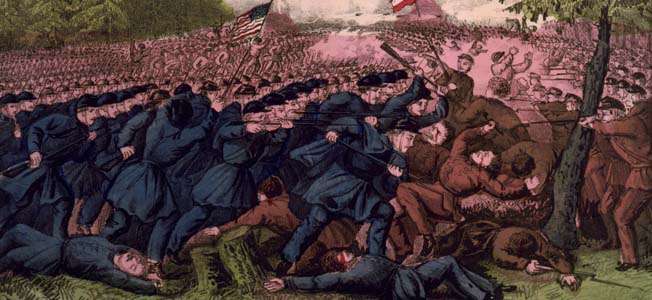
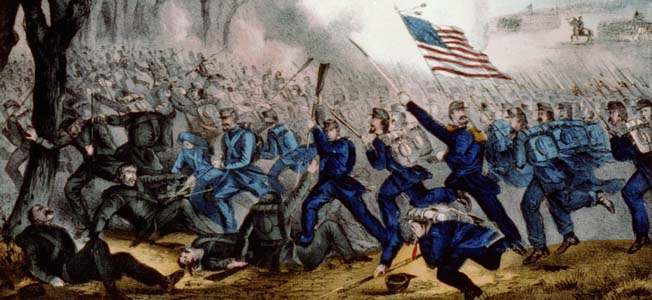
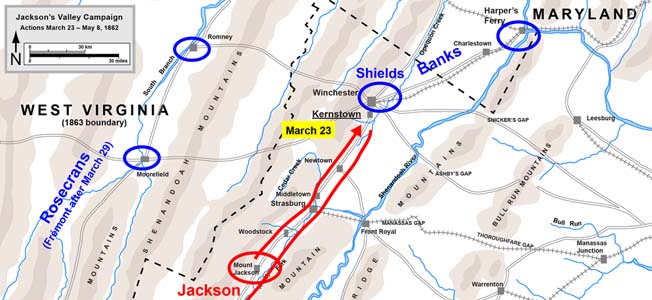
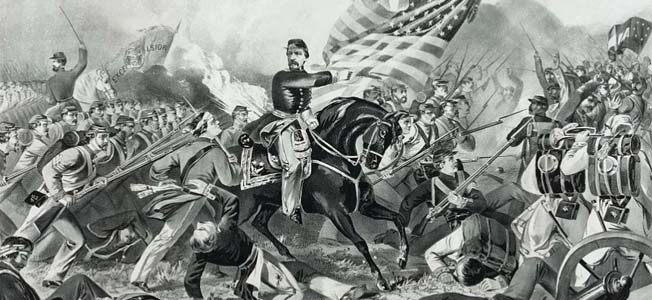
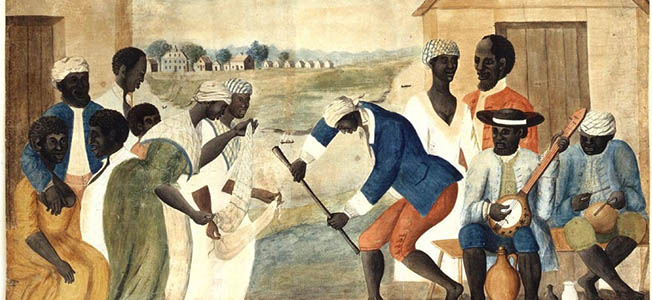
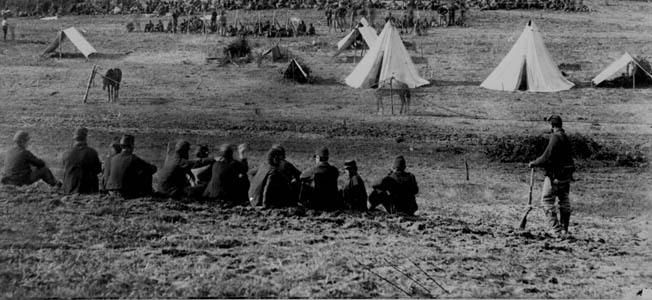

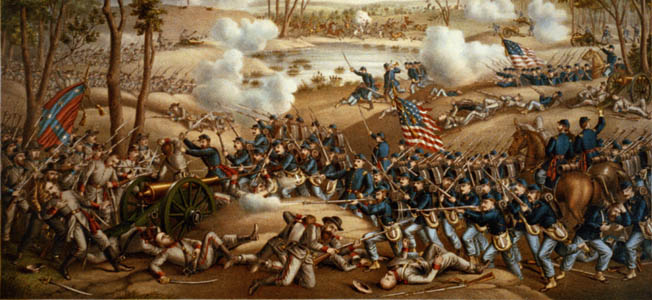
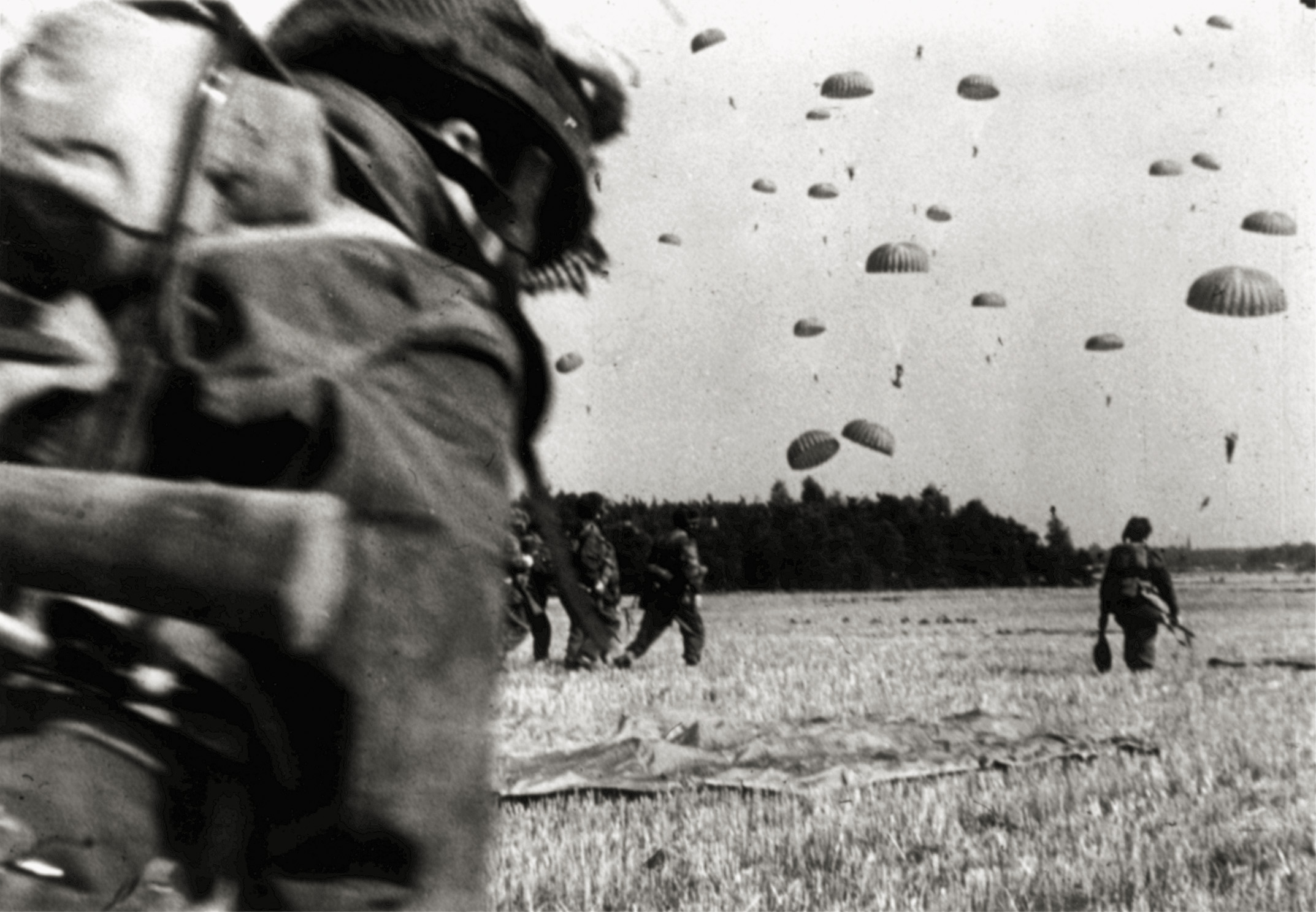
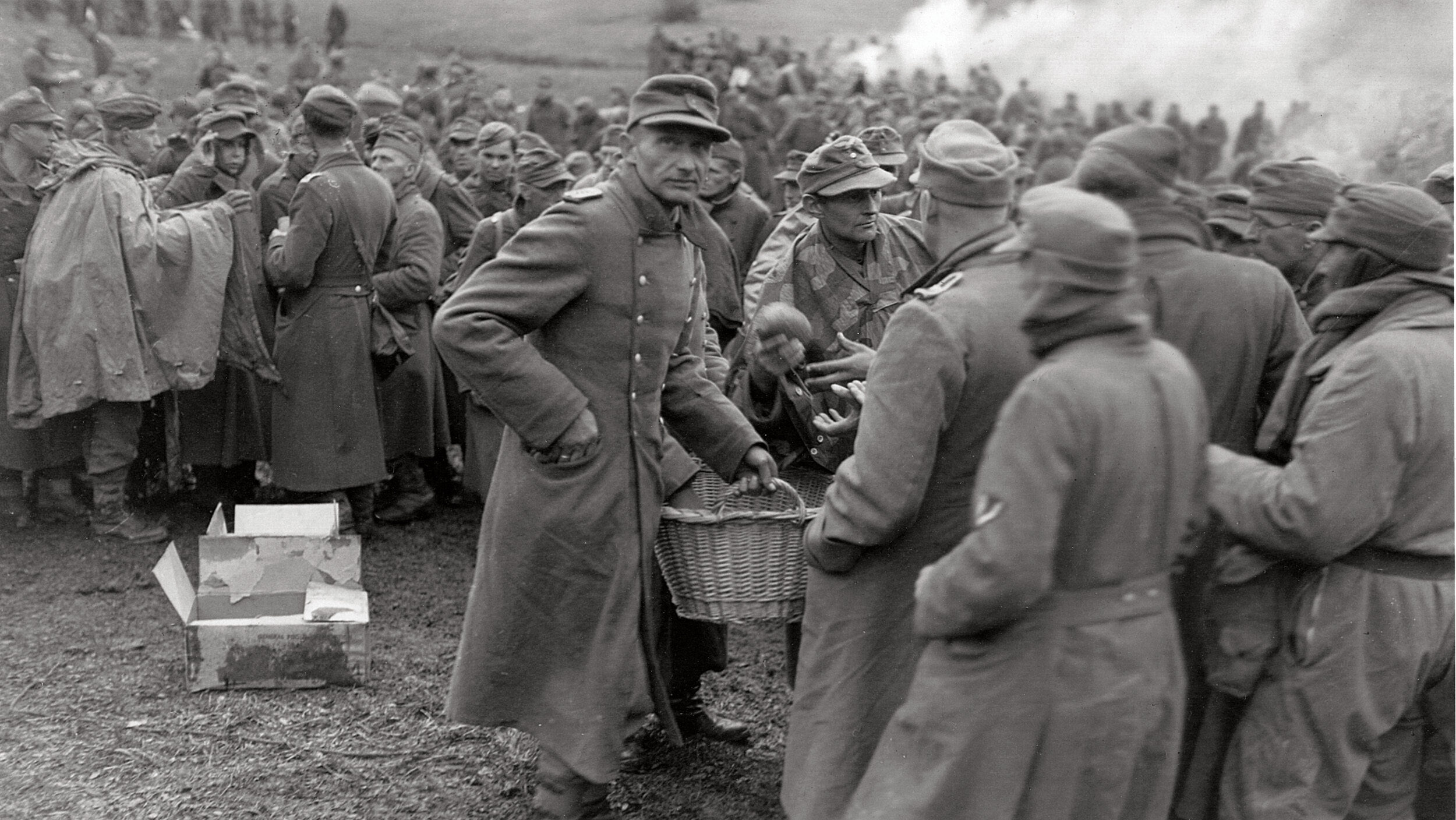
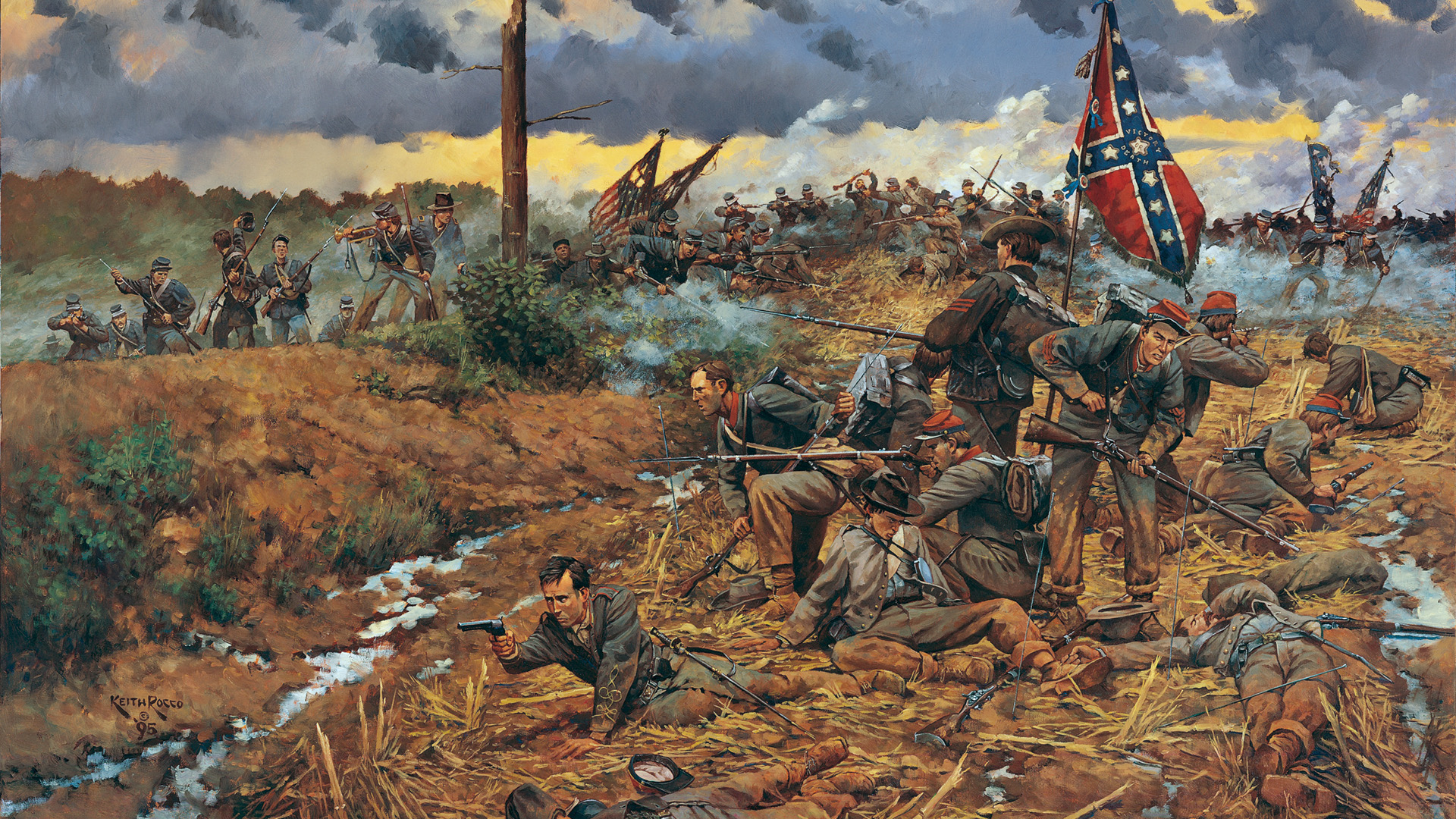
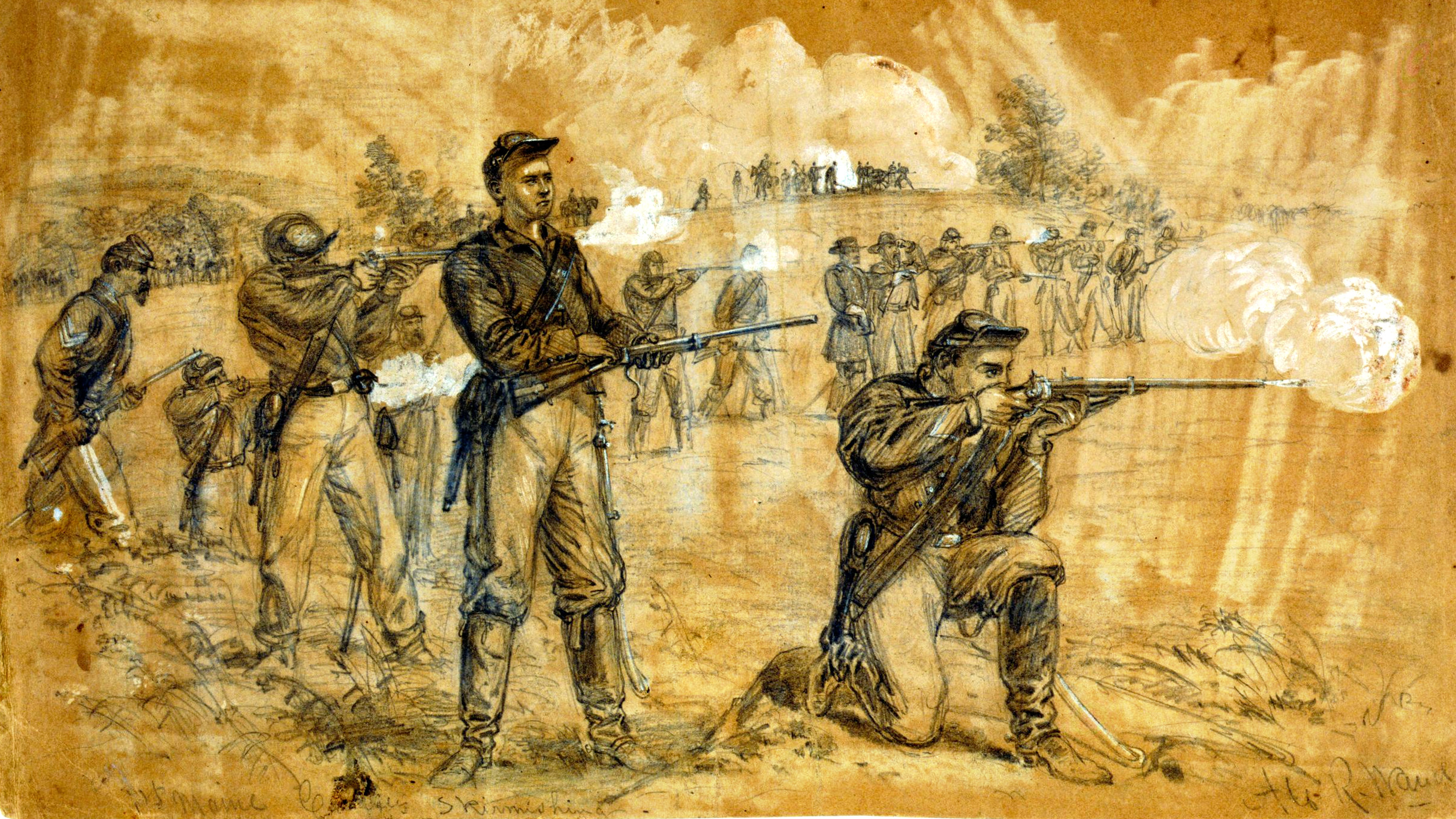
Join The Conversation
Comments
View All Comments